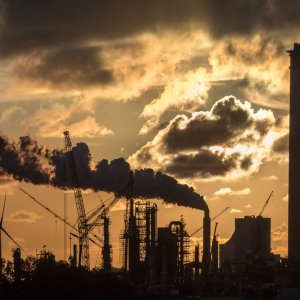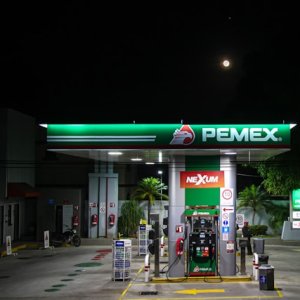Gas Resources Key to Sectoral Energy Program

STORY INLINE POST
Global gas consumption will continue to be one of the main sources of energy generation (British Petroleum, 2019, Figure 1). In addition, its acceptance is better compared to the use of oil or coal.
Although the consumption of energy derived from renewable sources is projected to have a significant participation in the global energy mix, hydrocarbons, including gas, will continue to make a significant contribution.

For its part, Mexico has an energy matrix that is clearly defined by the use of fossil energy sources such as hydrocarbons. This situation is mainly due to the fact that there is a great variety of resources in the national territory and, in the case of gas, there is a neighboring country (the United States) from which this type of hydrocarbon can be acquired profitably. However, depending on another´s country energy supply, specially in only one, puts in risk for the nation's energy security.
To counteract this situation and to achieve energy security, Mexico could increase its participation in renewable energy sources. It has the potential and the opportunity to increase gas production to reduce dependence on foreign sources and generate conditions that allow the country to balance its energy matrix.
In terms of the opportunities in the use of gas resources in Mexico, the country has around 1,400 oil fields with associated gas and non-associated gas in many parts of the territory, which can increase its recovery factors. Additionally, an average value of more than 110 billion barrels of crude oil equivalent of prospective resources is estimated. About 57 percent are considered unconventional resources and about 43 percent are conventional resources. Of the former, it is estimated that 44 percent are dry gas and wet gas, and of the latter 36 percent, for the same type of hydrocarbons.
Although the country has a large amount of prospective resources, in order to produce them, it is necessary to carry out a large number of activities with a long-term vision. These include making large investments and seeking to obtain and interpret a considerable amount of information. Other activities include drilling wells, building infrastructure, defining and using state-of-the-art technologies, ensuring that environmental and social impacts are as favorable as possible, and promoting policies that motivate production.
For this, actions are also necessary to take advantage of and improve the country's execution capacities through government involvement with private companies, or through national and international private companies with experience in profitable gas field production. Surely, these could help in the development of the national industry, and as stated in the Energy Sector Program 2020-2024, priority objective 1: achieve and maintain sustainable energy self-sufficiency to satisfy the energy demand of the population with national production.








 By Gaspar Franco | Professor at UNAM -
Wed, 07/22/2020 - 09:07
By Gaspar Franco | Professor at UNAM -
Wed, 07/22/2020 - 09:07
















